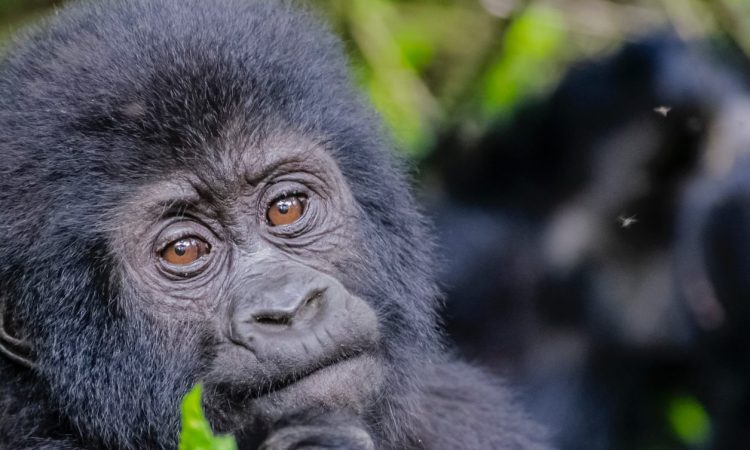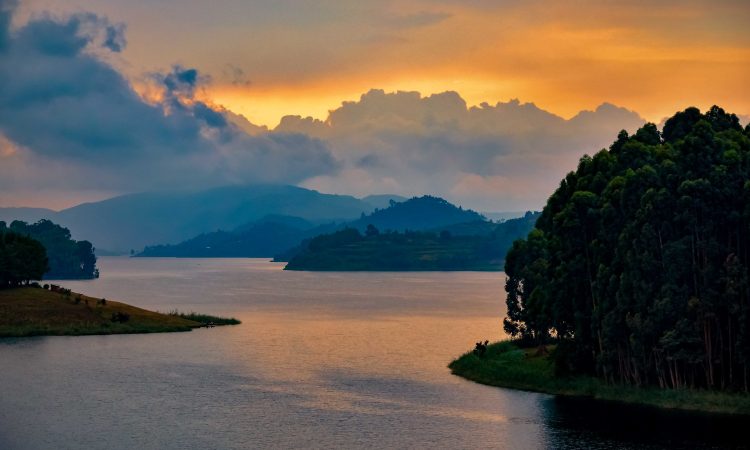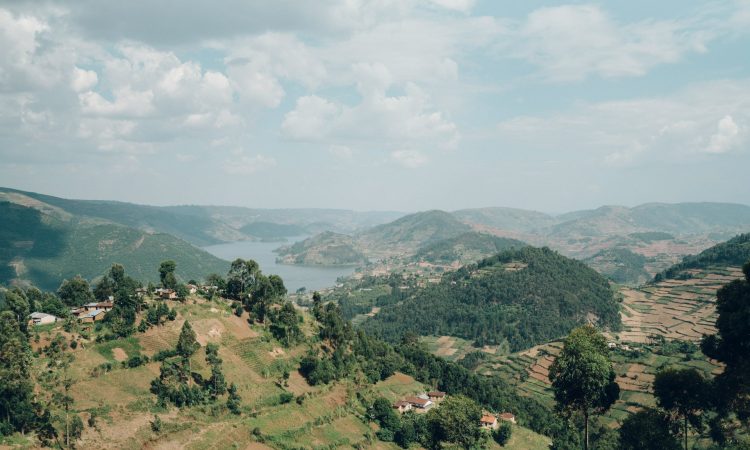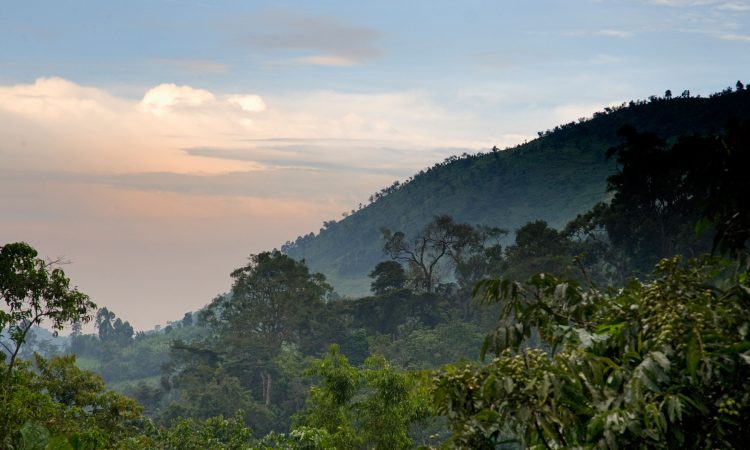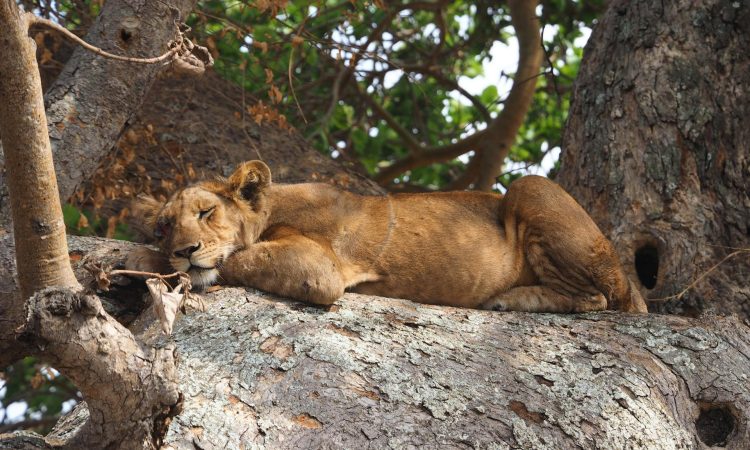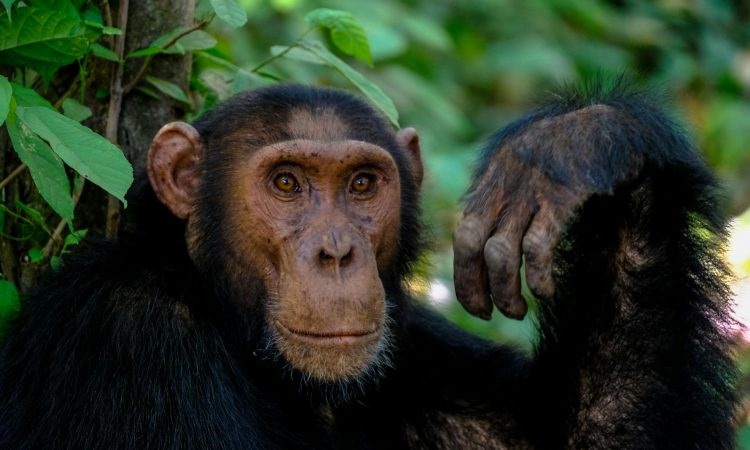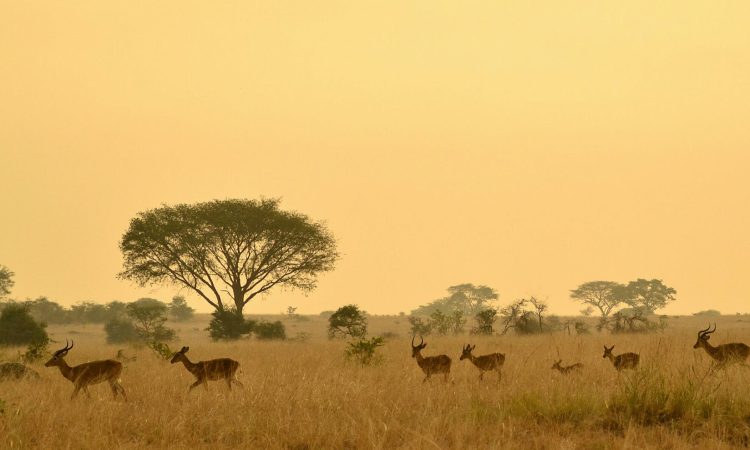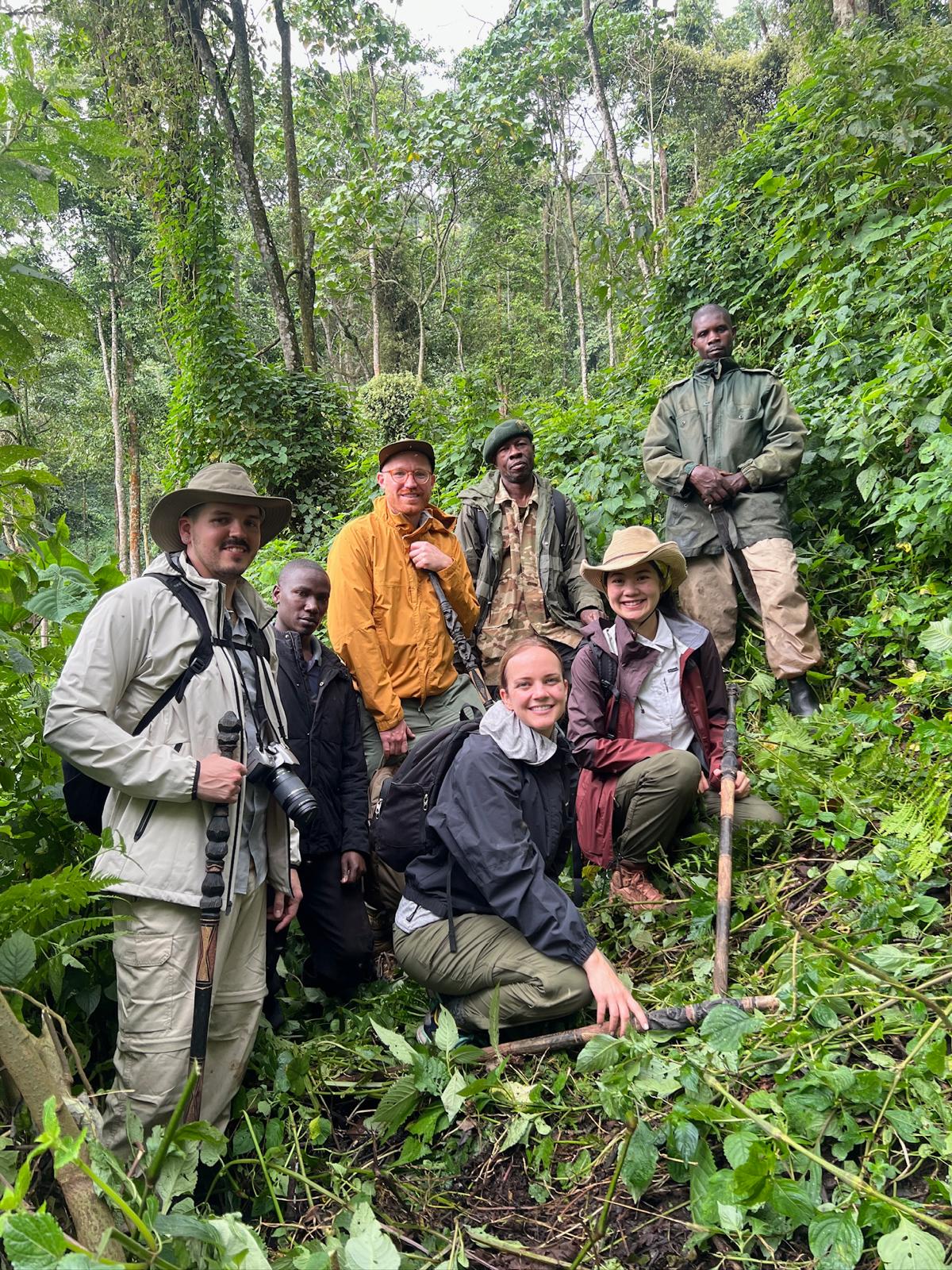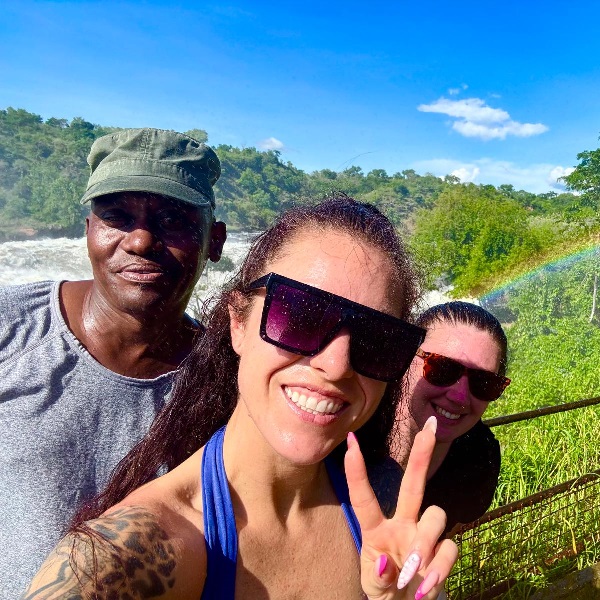Rwanda National Parks: Exploring the Heart of East Africa – Rwanda’s national parks are natural wildlife reserves and protected ecosystems located within its borders in the heart of East Africa.
These conservation areas include Volcanoes National Park (also known as Parc National Des Volcans) in the north, Akagera National Park in the east, Nyungwe Forest National Park in the south, and the recently added Gishwati-Mukura National Park situated in the northwest.
Each national park in Rwanda harbors exclusive wildlife, from endangered mountain gorillas in Volcanoes National Park to diverse wildlife in Akagera National Park and significant populations of primates in Nyungwe and Gishwati-Mukura National Parks.
Below is a detailed list of Rwanda’s national parks.
Nyungwe Forest National Park
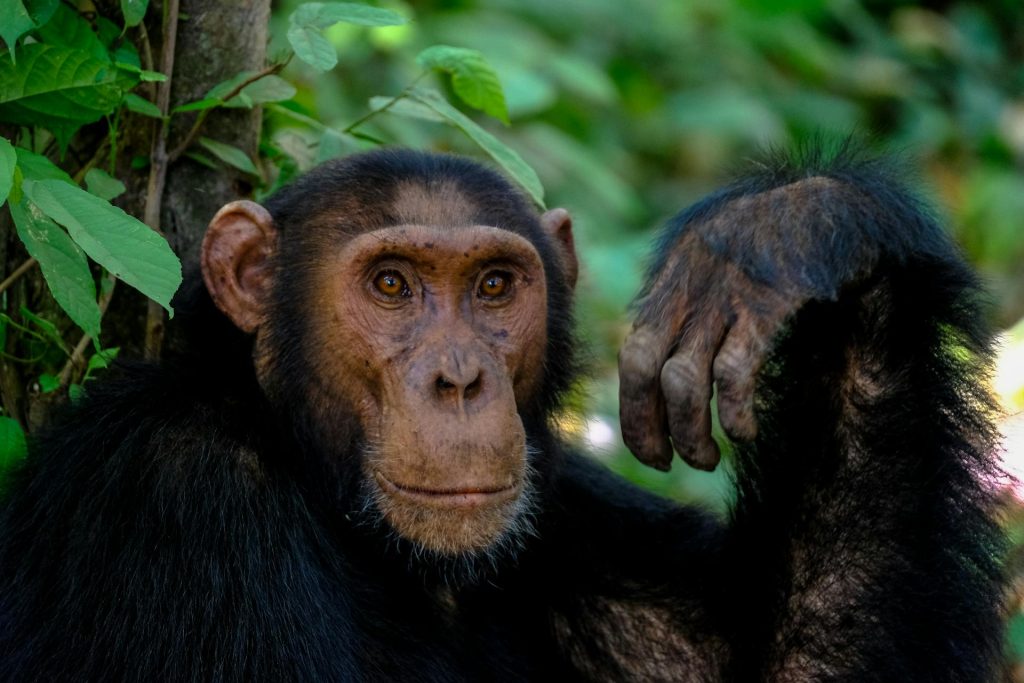
Nyungwe Forest National Park is located in the southwestern region of Rwanda, near the borders with D.R. Congo to the west and Burundi to the south. It is the largest Afro-montane forest in East and Central Africa, spanning an area of 970 sq.km. Nyungwe Forest Park is approximately 225 km from Kigali city, a journey of 4-5 hours by road. The forest receives an annual rainfall of 2000mm, making it Rwanda’s largest water catchment area.
Established as a forest reserve by the German colonial Government in 1903, Nyungwe suffered from wildfires, poaching, and extensive deforestation. Restoration efforts began in the 1980s with the reintroduction of Colobus monkeys, leading to its official declaration as a national park in 2005.
Nyungwe National Park is home to over 13 primate species, including rare chimpanzees, L’Hoest monkeys, and acrobatic Ruwenzori colobus monkeys, earning its reputation as the “primate capital of Rwanda.” The park also boasts over 1,050 unique plant species, with 250 endemic to the Albertine Rift and 200 orchid species. It hosts more than 120 butterfly species, 38 reptiles, 32 amphibians, 85 mammals, and over 310 bird species.
Gishwati Mukura National Park
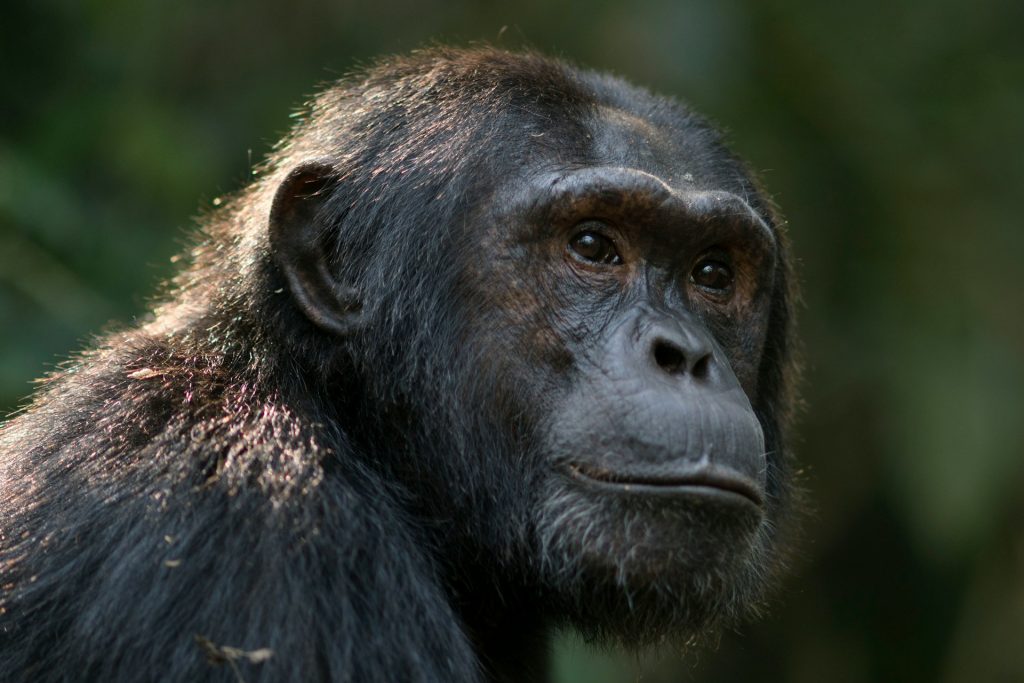
Gishwati-Mukura National Park is located in Ngororero and Rutsiro districts in the northwest of Rwanda and is the newest addition to Rwanda’s national park portfolio. Established on February 1, 2016, it brought the total number of national parks in Rwanda to four, including Volcanoes, Nyungwe, and Akagera National Parks.
Formed by merging Mukura Forest Reserve (1,988 hectares) with Gishwati Forest Reserve (1,440 hectares) in 2015, Gishwati-Mukura National Park covers an area that once spanned 250,000 hectares but shrank to 28,000 hectares by 1994 due to human settlement, illegal farming, deforestation, mining, and logging, exacerbated by the genocide.
Gishwati-Mukura National Park is a biodiverse conservation area with a significant population of mammals, abundant flora, birdlife, and a variety of primates including eastern chimpanzees, L’Hoest’s monkeys, blue monkeys, and colobus monkeys. Mammals in the park include serval cats, duikers, river hogs, and southern tree hyraxes.
The park is a sanctuary for diverse flora, including 60 species such as giant tree ferns, bamboo, Carapa grandiflora, and local hardwoods. Its lush vegetation provides habitat for bird species such as the mountain yellow warbler, woodhoopoes, old world warblers, and 14 Albertine Rift endemics like the red-throated alethe and Rwenzori Turaco.
Volcanoes National Park (Parc National des Volcans)
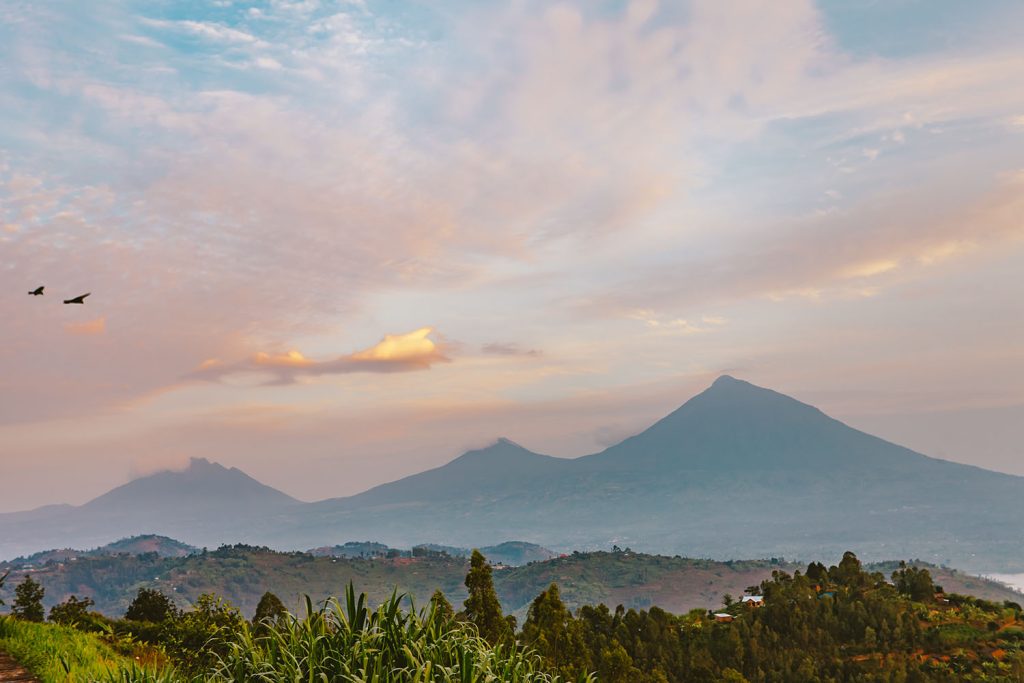
Volcanoes National Park is one of Africa’s most renowned and oldest conservation areas, established in 1925 as part of a single conservation area with Congo’s Virunga National Park. Its primary purpose was to protect critically endangered mountain gorillas on the brink of extinction.
Surrounded by the major volcanoes Karisimbi, Mikeno, Bisoke, and the distant Muhabura and Gahinga, Volcanoes National Park is the smallest conservation area in Rwanda and the only destination where visitors can trek the rare mountain gorillas. It also features a vast ecosystem that supports forest mammals, abundant birdlife, primate species, and lush vegetation. Cultural highlights include the Ibyiwachu Cultural Village, known for its unique Rwandan cultural dances, songs, stories, and cuisine.
Akagera National Park
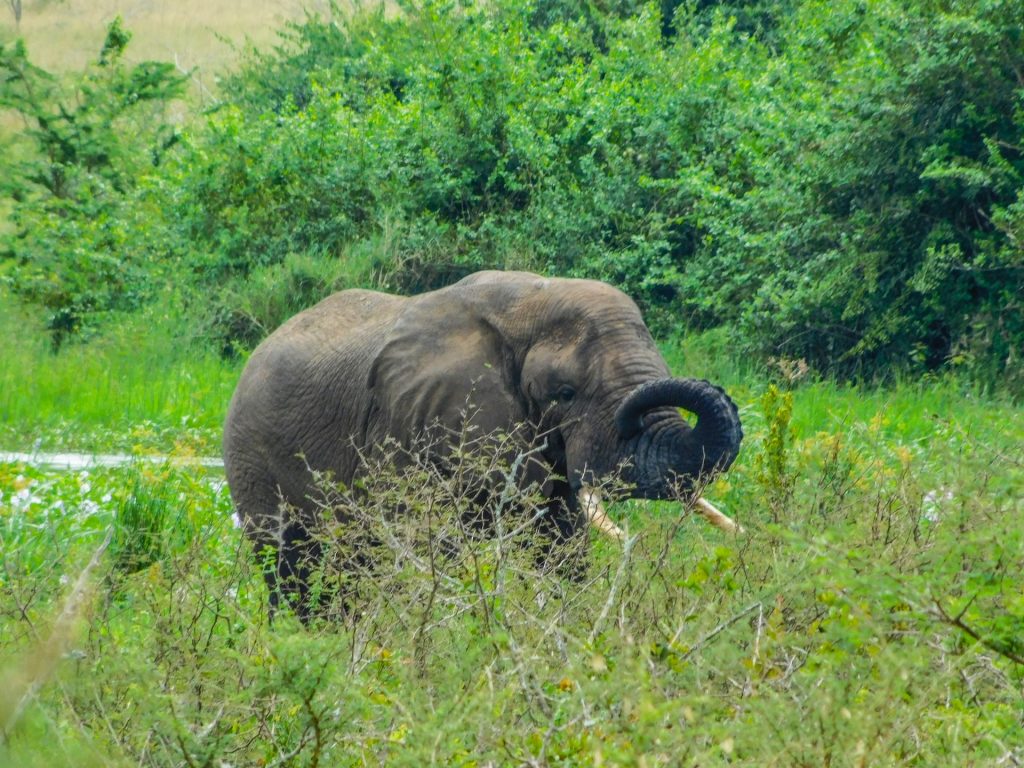
Akagera National Park is located along Rwanda’s eastern border with Tanzania, spanning the Akagera River from which it derives its name. One of Rwanda’s oldest parks, gazetted in 1934 after Volcanoes National Park, it aims to protect endangered mammal species including rhinos, elephants, giraffes, lions, and leopards.
Covering a total area of 1,122 sq.km, Akagera National Park encompasses wetlands, montane, and plain savannah habitats, making it a preferred destination for diverse flora and fauna species.
The park offers a range of attractions that draw visitors from around the world, including various mammals and primates visible on any Akagera wildlife safari. From lively blue monkeys, olive baboons, vervet monkeys, to nocturnal sightings of bush babies and jackals during night drives, Akagera provides exceptional wildlife viewing unmatched by any other park in Rwanda.


